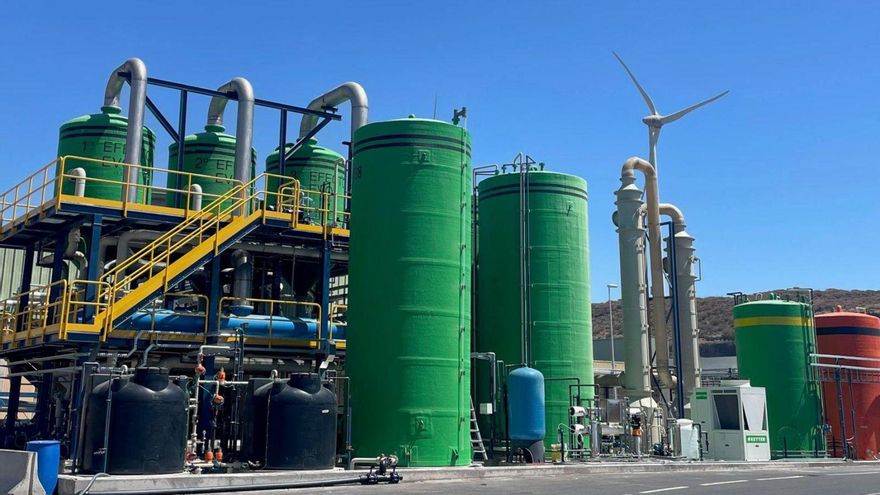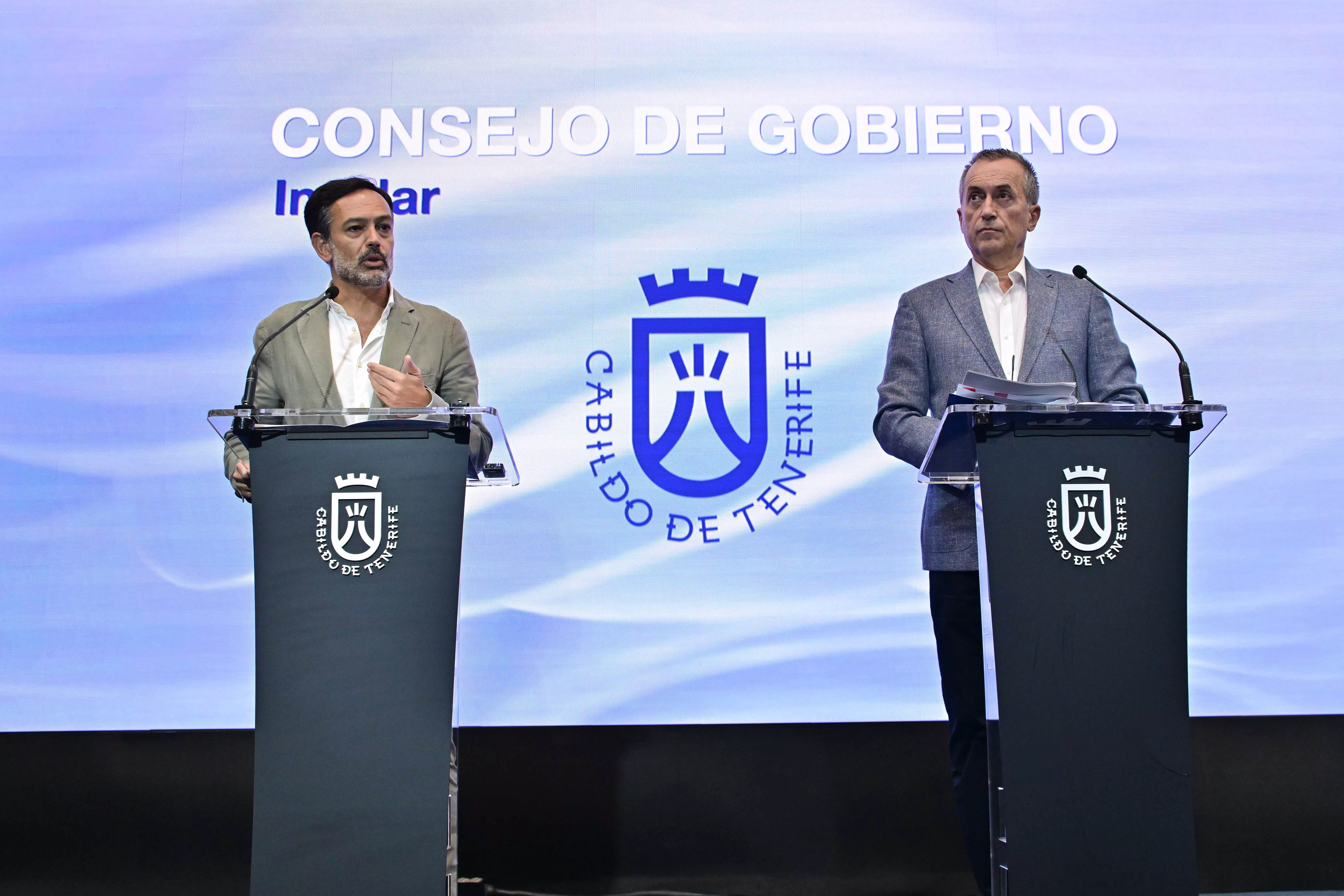
Tenerife is undergoing a significant change in waste management, driven by the Cabildo de Tenerife. With a substantial investment of over 50 million euros, the aim is to make the Island a benchmark in sustainability and circular economy through the development and implementation of the latest technological advancements.
In the last two years, investments have focused on renewable energy generation systems, such as photovoltaic energy and biogas from landfills, as well as those made in mixed waste treatment plants and leachate treatment systems.
Additionally, research is currently being conducted regarding waste management on the island of Tenerife, directly applicable to the insular management model, involving a range of projects with various universities and research centres worth over 10 million euros.
Among the major milestones, it is important to note that the renewable energy generated at the Tenerife Environmental Complex is not only sufficient for self-sufficiency but will also feed energy into the island’s grid. Furthermore, the mixed waste treatment plant will ensure proper management of all mixed waste entering the Environmental Complex, increasing material recovery rates for recycling and thus preventing landfill disposal. Finally, the leachate treatment plant ensures proper management within the Environmental Complex by utilising residual energy through cogeneration systems and generating water for industrial processes.
Leachate Treatment
The Tenerife Environmental Complex incorporates an innovative leachate treatment system, which processes liquids generated when water filters through solid waste. Currently, it treats 100% of the leachate and recovers water used for industrial processes within the Complex.
In this way, the infrastructure is self-sufficient in water consumption through an innovative system that combines various technologies such as reverse osmosis, evaporation using cogeneration systems, and solidification. The plant has the capacity to process up to 300 m3 of leachate daily and generate over 250 m3 of reusable industrial water, equivalent to the daily consumption of approximately 780 homes in Tenerife. This way, water is reused, thus saving water resources.
Another innovative aspect of the project is the installed cogeneration system, which utilises the residual heat from engines and turbines that fuel on landfill biogas to generate electricity. This strategy significantly reduces the plant’s energy consumption by harnessing a source of energy that would otherwise be wasted. Consequently, operational costs are lowered, and it helps to reduce the carbon footprint associated with waste management on the Island.
This leachate treatment project, promoted by the Cabildo de Tenerife, has involved an investment of over 12 million euros and is generating qualified employment, both technical and operational on the Island. The first phase of the new treatment plant concluded in January 2025, and the second phase will commence throughout July. The expectation is to complete the third phase in October, which will allow for the inertisation of remaining solid waste, thus closing the loop on the comprehensive management of leachate.
Currently, all leachate is fully managed within the Tenerife Environmental Complex, being self-sufficient without external dependence, and also generating industrial water that makes us self-sufficient. “These initiatives reflect the Cabildo’s commitment to sustainability, transforming waste into useful resources while reducing the carbon footprint in waste management on the Island,” highlighted a spokesperson for UTE Nivaria, the company awarded the management of the Complex.
The president of the Cabildo, Rosa Dávila, outlines some of the main actions and objectives to position Tenerife as a leader in waste management among insular territories.
Rosa Dávila: “The best waste is the waste that is not produced”
What objectives does the Cabildo set?
The comprehensive management of waste on the island of Tenerife within our territory, through the development of existing planning, via a network of public and private infrastructures, with the goal of zero waste disposal. To this end, a waste management policy has been established with short, medium, and long-term targets, prioritising minimisation in waste management, reuse, recycling, or material recovery over any other type of treatment. We are also aware that we must continue investing in awareness and environmental education to decrease the amount of waste generated and to increase recycling rates.
Organic matter is the pending issue for the island of Tenerife. What measures is the Cabildo promoting to increase selective collection?
Organic matter accounts for between 35% and 40% of the waste we throw in the grey container, and this cannot continue. More municipalities on the Island are promoting the selective collection of organic matter, but there is a need to continue working to increase it. Extracting organic matter from the waste to transform it into compost not only provides environmental benefits but also reduces management costs; that is, it lowers the waste rate. To maximise the push for selective collection, the Cabildo has announced that the treatment of this organic matter will be done at no cost.
Therefore, it is important to work on selective collections. Could you explain what is being done?
The best waste is the waste that is not produced. As a first priority, we establish minimisation in waste generation. However, our daily lives result in waste being generated, and it must be treated appropriately. This involves recycling and placing generated waste in specific bins: blue for paper, yellow for packaging, and green for glass. We must not forget about recycling points, where we can take various waste for free to ensure its recycling.
















